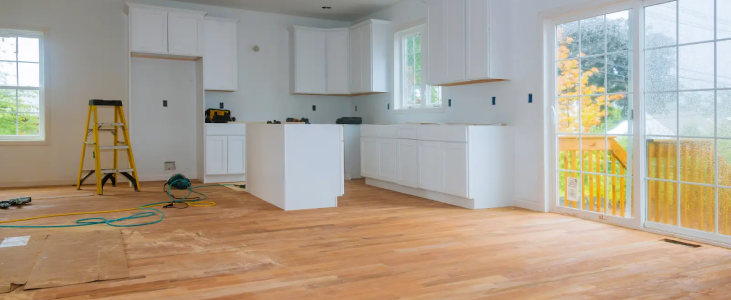57. Determining alterations made
To determine whether any alterations have been made to the property since the original lease was granted, follow these steps:
Review property's history | Conduct a thorough review of the property's history during your occupancy. Consider any changes or alterations that have taken place since the original lease was granted. |
Types of alterations | Think about the types of alterations that may have been made. This could include structural changes, renovations, installations, or modifications that affect the property's layout, appearance, or functionality. |
Inspect the property | Carefully inspect the property to identify any visible alterations. Look for changes in the layout, design, or structure of the property. |
Documentation and permits | Gather any relevant documents, permits, or records related to these alterations. This may include building permits, architectural plans, invoices from contractors, or any written agreements related to the alterations. |
Consult with professionals | If you are uncertain about whether alterations have been made or if there are any legal or compliance issues related to the alterations, consider consulting with professionals, such as architects, surveyors, or solicitors. They can provide guidance on how to accurately assess and report the alterations. |
Transparency and accountability | Transparency in reporting alterations is essential for property disclosure. It ensures that potential buyers or new leaseholders are aware of any changes made to the property. |
Buyer's right to information | Potential buyers or new leaseholders have the right to access information about alterations made to the property. Providing a comprehensive overview of any alterations aligns with their rights and expectations. |
Determining alterations made to the property involves reviewing its history, identifying the types of alterations, inspecting the property, gathering relevant documentation, and consulting with professionals when necessary. Transparency, documentation, and compliance with legal requirements are key elements of this process.

